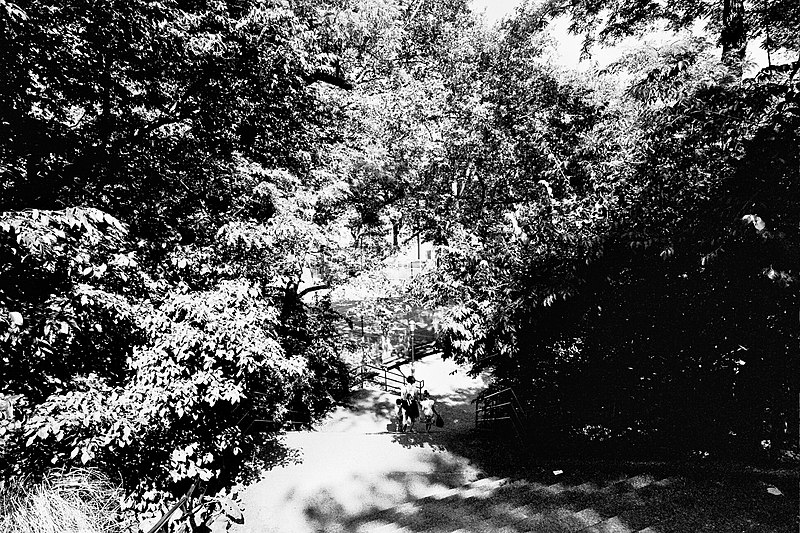As the oldest surviving house in Manhattan, Morris-Jumel Mansion has borne witness to much of New York City’s rich and diverse history. Situated on the border of Sugar Hill and Washington Heights, the museum and neighborhood has been shaped by Black history.
Exploring Black History
in Sugar Hill and Around Morris-Jumel Mansion-
 1
Audubon Ballroom
3940 Broadway
1
Audubon Ballroom
3940 Broadway
-
 2
Underground Railroad Site
857 Riverside Dr, Southbound
2
Underground Railroad Site
857 Riverside Dr, Southbound
-
 3
Ralph Ellison’s Grave
Trinity Church Cemetery & Mausoleum, 770 Riverside Dr
3
Ralph Ellison’s Grave
Trinity Church Cemetery & Mausoleum, 770 Riverside Dr
-
 4
Harry Belafonte’s Residence
501 W. 156th St
4
Harry Belafonte’s Residence
501 W. 156th St
-
 5
409 Edgecombe
409 Edgecombe Ave
5
409 Edgecombe
409 Edgecombe Ave
-
 6
Jackie Robinson Park
155th St and Edgecombe Avenue
6
Jackie Robinson Park
155th St and Edgecombe Avenue
-
 7
Duke Ellington Residence
935 St. Nicholas Avenue
7
Duke Ellington Residence
935 St. Nicholas Avenue
-
 8
The Washington Heights Library
1000 St. Nicholas Avenue
8
The Washington Heights Library
1000 St. Nicholas Avenue
-
 9
Paul Robeson Residence
555 Edgecombe Avenue
9
Paul Robeson Residence
555 Edgecombe Avenue

- When
- 60–75 minutes
- Where
- 2.5 miles
Public Transportation
Tour Start—Nearest bus stops: M2, M3, M100 at W 166 St/St. Nicholas Ave; M5 at Broadway/W 167 St; M4 at Ft Washington Ave/W 165 St // Nearest train station: 1 A C at 168 St*
Tour End—Nearest bus stops: M2 at Edgecombe Ave/W 160 St; M3, M100, M101 at Amsterdam Ave/W 158 St // Nearest train station: C at 163 St
Note: The 168 St Station 1 and 155th Street C are not ADA-accessible

Ralph Ellison’s Grave
Trinity Church Cemetery & Mausoleum, 770 Riverside Dr
Writer Ralph Waldo Ellison (1913–1994) rests in Trin- ity Church Cemetery. Ellison moved to Harlem as a young man, where he interacted with other political writers, including Richard Wright and Langston Hughes. He is best known for his 1952 novel Invisible Man. Ellison was buried here after passing away from cancer in 1994. Other notable burials include sing- er Estelle Bennett of The Ronettes and singer Cuba Gooding Jr. of The Main Ingredient. Enter the cemetery on 153rd Street between Broadway and Riverside and walk west to find Ellison’s grave. Please note at this entrance, visitors have to descend stairs for entry.